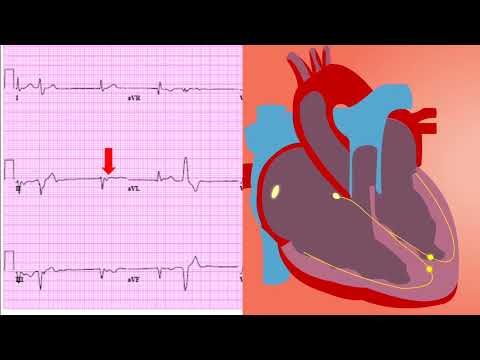🎬 Video Summary
This medical animation provides a clear and concise explanation of coronary atherosclerosis, also known as arteriosclerotic heart disease. The video details how plaque buildup in the arteries occurs, leading to heart disease. It explores the causes and mechanisms behind atherosclerosis, making it a valuable resource for understanding this critical cardiovascular condition. Learn about arteriosclerosis and its impact on heart health.
🧠Teaching Perls
- Learn the definition of atherosclerosis and its impact on coronary arteries.
- Understand the process of plaque formation and its role in narrowing the arteries.
- Discover the risk factors associated with the development of atherosclerosis.
- Explore the potential complications of coronary atherosclerosis and its link to heart disease.
- Gain insights into the mechanisms driving plaque buildup and arterial damage.
❓ Frequently Asked Questions
Q: What is coronary atherosclerosis?
A: Coronary atherosclerosis is a condition where plaque builds up inside the coronary arteries, narrowing them and reducing blood flow to the heart.
Q: What are the main causes of atherosclerosis?
A: The main causes include high cholesterol, high blood pressure, smoking, insulin resistance, and inflammation.
Q: How does plaque buildup affect the heart?
A: Plaque buildup can lead to reduced blood flow, causing chest pain (angina), shortness of breath, and an increased risk of heart attack and stroke.
Q: What are the risk factors for developing atherosclerosis?
A: Risk factors include family history of heart disease, high cholesterol, high blood pressure, smoking, diabetes, obesity, and lack of physical activity.
Q: Can atherosclerosis be reversed?
A: While complete reversal may not be possible, lifestyle changes and medications can help slow the progression of atherosclerosis and reduce the risk of complications.
Q: What are the treatment options for coronary atherosclerosis?
A: Treatment options include lifestyle changes (diet, exercise, quitting smoking), medications (statins, blood pressure medications), and procedures like angioplasty and bypass surgery.
🧠 Key Takeaways
- 💡 Atherosclerosis is a disease characterized by plaque buildup in arteries.
- 💡 Plaque formation restricts blood flow and can lead to severe cardiovascular complications.
- 💡 Understanding the risk factors is crucial for preventing and managing atherosclerosis.
- 💡 Lifestyle modifications and medical treatments can help slow the progression of the disease.
- 💡 Coronary atherosclerosis specifically affects the arteries supplying blood to the heart.
🔍 SEO Keywords
Coronary atherosclerosis, arteriosclerosis, heart disease, plaque buildup, arterial plaque, cardiovascular disease, risk factors for atherosclerosis.
“`

